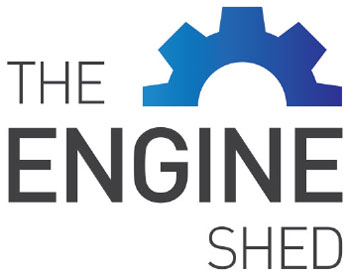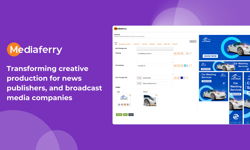
Companies spend a lot of money buying and building software but, ultimately, it’s estimated that around 80 percent of product features are “rarely or never used”. (Pendo 2020)
Even worse than that, some bespoke systems that are bought are not even put into use. There was the scandal of the NHS IT failure in the early 2000s - the largest public sector IT project the UK had ever attempted, and one of the costliest. With roughly £6 billion in contracts, the National Health Service (NHS) put plans in motion to launch its National Program for IT (NPfIT) in 2002. Behind it were some of the industry’s most illustrious players, including Accenture, Fujitsu and CSC. Nine years later, the NHS IT system failure was national news. Marred by implementation issues, stakeholder opposition and timeline delays, it was finally scrapped, but not before a massive fallout. Though it never launched, the project ultimately cost the British government (and taxpayers) more than £10 billion.
Following this was the Post Office IT Horizon scandal. A tragedy leading to lost lives, livelihoods and careers as The Post Office wrongfully prosecuted sub-postmasters between 1999 and 2015 for false accounting or theft. And then just this month, the Next Oracle scandal, where Next has had to apologise to staff after IT problems caused months of underpaying.
These IT failures will lead to companies rightly becoming more and more sceptical about trusting everything to their software provider. And more demanding on how well that software works for them.
Getting it right
So, the question is – how to get it right? Firstly, identify your exact requirements. Make sure you get a really good demo which satisfies you that the product will meet all of your needs. This might seem obvious but in my experience, this stage isn’t always completed thoroughly enough and often enough – don’t be shy about asking for more than one demo, possibly focusing on different areas. It is important to ensure that every department has bought into the process. While the sales department wants speed and ease of use, the finance department will want auditability, confidence in the system’s accuracy. And HR may not want everyone’s sales targets shared.
Running over again and again how a system will work saves huge amounts of time and avoids potential mistakes later. It’s worth thinking about using an independent consultant here. Ultimately you are not as big as the NHS or Next, so this gives you the opportunity to ensure you close the loop on all areas that need checks and balances.
The next crucial element is migration. Getting this right is essential to ensuring the system’s capabilities meet and exceed a previous one’s. One client we spoke to pointed out that migrating software is now worse than physically moving office, and I can agree with this - it is hugely stressful! In my role training and onboarding I see a real fear of this change and huge amounts of foot dragging when companies even think of moving. Many companies only move based on referrals from new employees. This can be the safe option, but isn’t the best way to make sure you’re finding maximum functionality.
That brings me to my next point: productivity and financial benefits. The right new software offers more than the obvious functionality and features. Understand the benefits – saved hours, saved costs etc – and communicate them so that everyone is motivated to make the move. Sometimes, there may be benefits for one team but more work for another so everyone needs to understand the overall value that the system will bring to the business.
Once the software is set up and working, training comes next. Without training, staff may simply give up on using the software that has been invested in and go back to old habits. No matter how intuitive a system, if you want your staff to get the most from it, investing time upfront rather than learning as they go will lead to better results. Getting the right training is such a critical part of adapting to any new systems, so quiz a new supplier on what they offer here.
Equally important for me – what is the customer support like, both reactive and proactive? Do you feel as if the provider is anticipating and delivering to your requirements in advance, allowing you to focus on your core business? Or is there always a sense that the system could and should be doing more for you? Taking up references from existing clients and understanding current levels of customer satisfaction is important at this point. Also ask your software provider to do an audit of who is using what and point out how you could benefit more.
Finally, look to the future. Is the system flexible, how often are new features launched? Does the company have a good track record in meeting demand or is it always a little behind? Can you integrate and use new packages with it? Is it secure? Any certifications?
In summary, there are many examples of software implementations holding you up, slowing you down or missing key features. With the right preparation, development, integration, training and customer care this does not have to be the case. Good luck!

About us
The Engine Shed provides small-to-medium publishers with quality, cost-effective, software customised to help them work more effectively and efficiently, without any of the complexity usually associated with IT – no servers, no complicated software installations, no fuss. Work securely from any location you please, at any time, using nothing more than an internet connection and web browser.
Tel: 0800 862 0427
Email: sales@TheEngineShed.com










